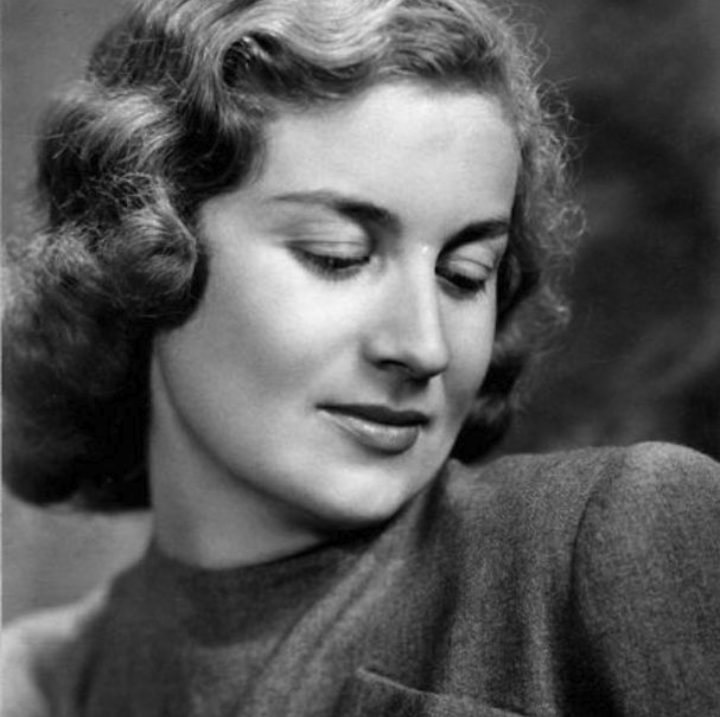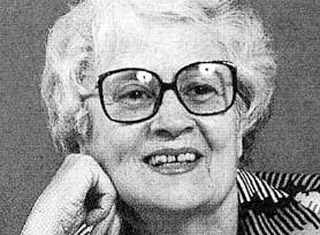Maria Plyta was one of the most distinctive and pioneering figures in Greek cinema. Born in Thessaloniki in 1915, she became the first woman to direct a feature-length Greek film at a time when cinema was overwhelmingly male-dominated. Her work—and her bold presence behind the camera—opened doors for generations of women who followed.
Before turning to cinema, Plyta had already left her mark on Greek letters. She wrote two novels, “Tied Wings” (1944) and “Chains” (1946), and she also ventured into theatre with works such as “The Castle of Chersona,” which earned distinction in a literary competition. Her early involvement with writing reflected a world full of imagery, emotion, and an attentive eye for human nature—elements she later carried onto the big screen.
The First Woman Behind the Camera in Greece
Her entry into cinema came in the late 1940s through production and artistic direction roles. In 1950, the historic turning point arrived: Plyta directed “The Engagements”, becoming the first Greek woman to sign the direction of a feature film. From that moment on, Greek cinema was no longer the same. A woman had claimed her place in a field where her presence was almost unthinkable.
Over the next two decades, she directed a total of 17 films, many of which she also wrote or edited herself. Among her most notable works are “The She-Wolf” (1951), a melodrama that showcased her emotional lens; “The Duchess of Plakentia” (1956), inspired by a historical figure; the social drama “The Shoeshine Boy” (1962); and “Eva” (1953). Despite economic difficulties, limited technical resources, and the prevailing gender bias of her time, Plyta developed a distinct cinematic voice, characterized by intimate human stories, dilemmas, passions, and the social tensions of post-war Greece.
A Female Gaze and a Lasting Cinematic Legacy
One of the defining aspects of her work was her focus on women’s experiences. Her heroines often struggled against rigid social norms, fought for dignity and happiness, resisted pressure, and sought space to exist with their own voice. Plyta confronted early on the stereotypical portrayals of women and worked to give them depth, resilience, and emotional substance.
She never saw herself as a pioneer. In one of her rare interviews, she stated:
“I simply saw myself as a laborer who had to work in order to live.”
This humility reveals that, for Plyta, filmmaking was work and necessity—not privilege. Yet for the history of Greek cinema, her contribution meant far more.
Despite her significance, her films did not receive the recognition they deserved for many years. They were seldom shown in later decades and remained almost “invisible” to the wider public. Only recently, through festivals, archives, and academic research, has her work been rediscovered. Retrospectives and dedicated events are once again shedding light on her career, acknowledging that she was a creator who dared to persist in a space that remained largely closed to her.
Her legacy is not measured only by the number of films she made. It is measured by the path she opened. By the fact that after her, women could imagine themselves behind the camera. By the way she helped shift Greek cinema’s view of women and their stories.
Maria Plyta passed away in 2006 at the age of 90. But she left something more vital behind: a legacy of courage, perseverance, and creative conviction that became the foundation for countless women who followed in her footsteps.
Today, at a time when discussions about equality in the arts are more relevant than ever, her name serves as a reminder that every pioneer begins alone—but the road they open can change the future.





